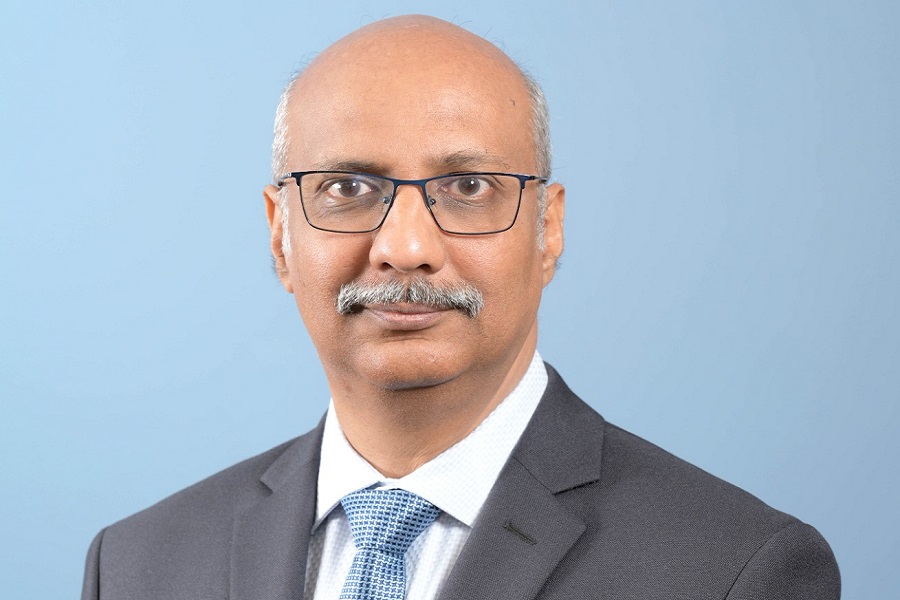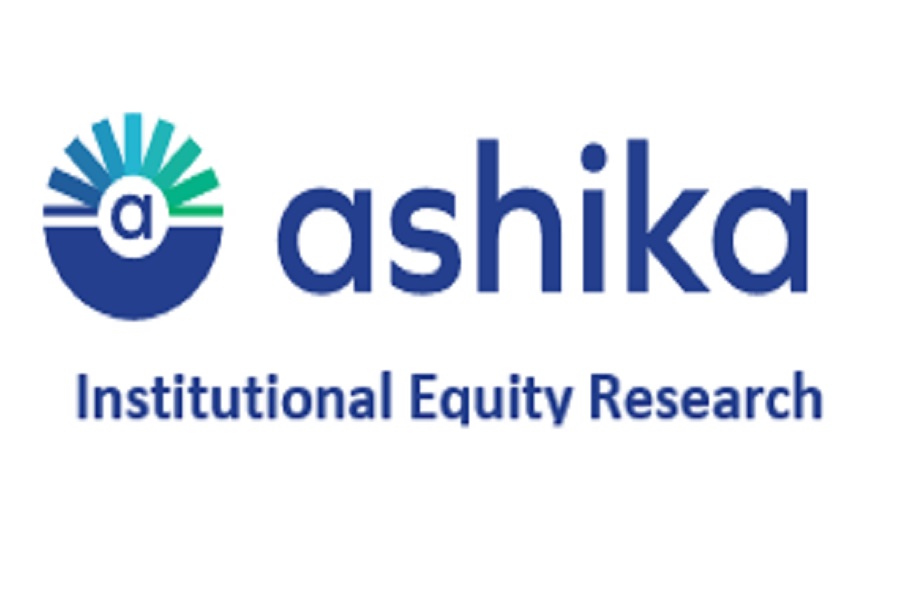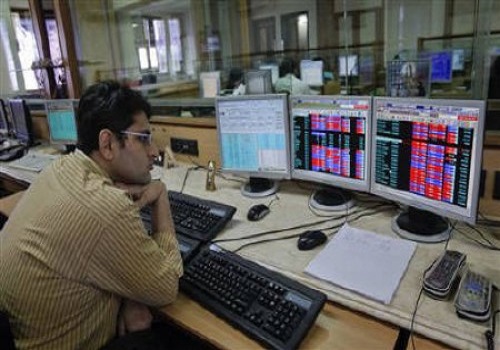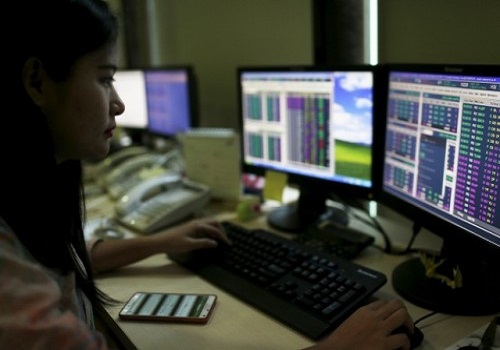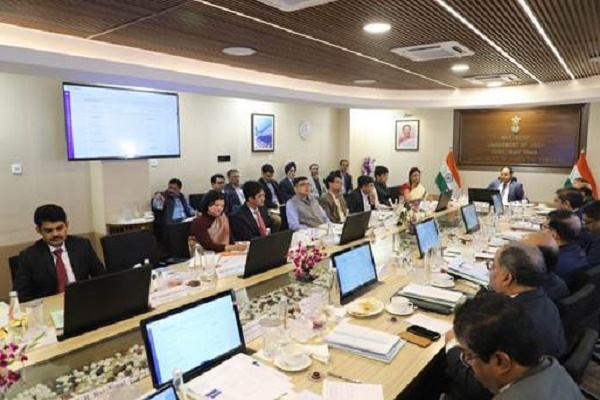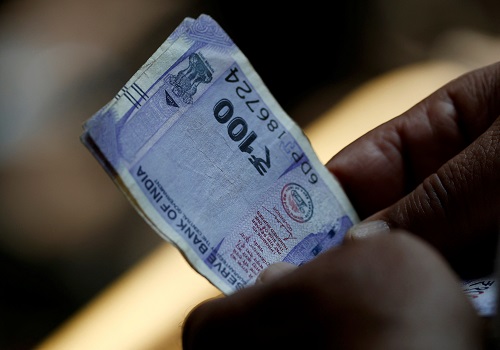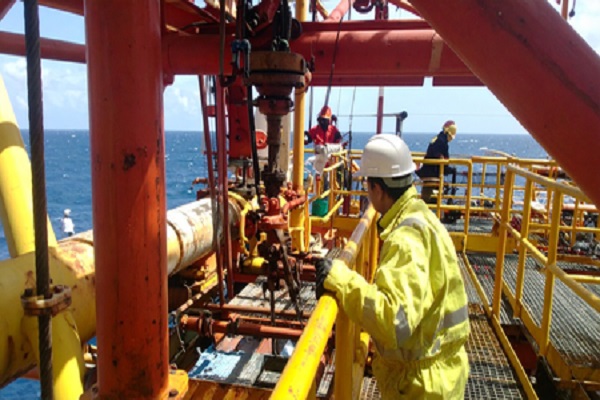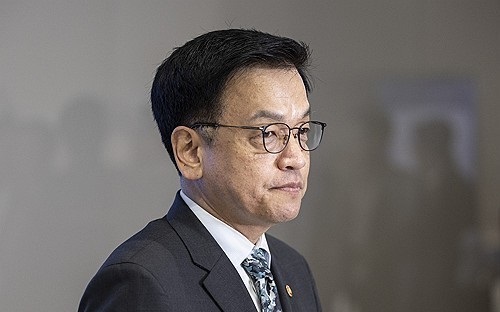The Hidden Battle for Rare Earths: Strengthening Alternative Supply Chains by CareEdge Ratings
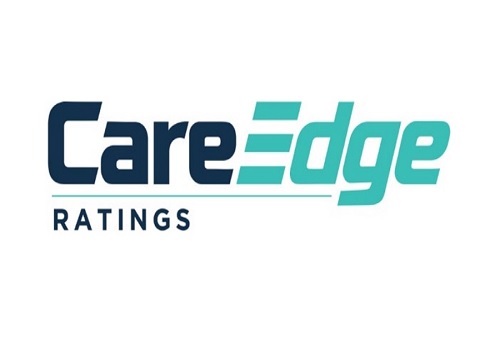
China has firmly established itself as the global powerhouse in the Rare Earth Element (REE) sector, holding 49% of the world's total reserves, mining 69% of REEs (refer to Exhibit 1), and having a 90% share of REE refining. This dominant position in the supply chain has granted China considerable strategic influence. Over the years, China has demonstrated a willingness to adjust its export policies to reflect broader geopolitical and economic priorities. One such move was temporarily cutting off REE exports to Japan during a diplomatic dispute in 2010. It also introduced changes to the Export Control Law in 2020 to introduce curbs covering elements that affect national security. It banned exports of gallium, germanium, and antimony to the U.S. in December 2024. Furthermore, on April 4, 2025, China announced additional export controls on seven items related to medium and heavy-rare-earth elements (REEs). These policy shifts highlight the vulnerability of the supply chain, which is heavily skewed towards a single nation. It also highlights the urgency for diversification, given the growing global demand for REEs and their applications in modern technology, green energy, advanced automotive systems, and defence applications.
These Rare earth elements (REEs) are a group of 17 strategically important minerals, they are divided into Light Rare Earth Elements (LREEs) like neodymium (Nd) and praseodymium (Pr), crucial for EV motors and wind turbines, and Heavy Rare Earth Elements (HREEs) such as dysprosium (Dy) and terbium (Tb) for military-grade magnets and high-performance electronics.
Exhibit 1

China is at the helm of the global rare earth supply chain, affording it significant leverage over multiple key industries, including the semiconductor and aerospace sectors. This monopoly isn’t rooted only in abundant reserves, but in decades of state-backed investment, environmental cost advantages, and control over refining infrastructure.
China has not only been exploring its own country for REE deposits, but it’s also investing in other countries to gain access to REE deposits and to maintain its global relevance. For example, despite holding relatively limited REE reserves, Myanmar has emerged as a notable force in the global mining production. This is largely due to continued exports of REE to China sourced from the Kachin State region, which has enabled Myanmar to establish a significant presence in the global supply chain. At present, Myanmar holds 8% of the world's REE mining
Breaking Dependency: The U.S. Push to Secure Rare Earth
The U.S. holds 2.1% of the world's reserves and is already contributing 12% to global mining production, making it the second-largest producer after China. Of its apparent consumption, it relies heavily on imports, with China being its primary source, accounting for nearly 70% of its rare earths. The U.S. has been rebuilding its domestic capabilities, investing in rare earth mining and processing, forging supply chain partnerships with allies, and funding recycling initiatives to reduce its future reliance on China.
At present, the Mountain Pass mine in California is the only active U.S. rare earth mine, with new projects in Alaska and Wyoming in development. Furthermore, since 2020, the U.S. Department of Defence has invested more than USD 439 million to establish domestic rare earth element supply chains. However, refining remains a major hurdle, as much of the ore extracted in the U.S. is currently shipped to China for refining. With China repeatedly capitalising on the supply of rare earth elements to gain leverage in its trade war with the U.S., the latter is forging partnerships with other countries to reduce its dependency on China. In subsequent segments, we examine some key players and U.S. involvement in those countries.
Australia: Key Player in the Global Rare Earth
Although Rare Earth Elements are abundant in the Earth’s crust, their extraction and processing remain highly concentrated. China leads the global supply chain, but countries like Australia are playing an increasingly important role in diversifying sources and strengthening global resilience. Australia holds approximately 6% of the world’s total known reserves, and it accounts for a 4% share of global mining production (refer to Exhibit 1).
Lynas Rare Earth, headquartered in Australia, is the largest REE producer outside China and runs a major processing plant in Malaysia that supplies neodymium, praseodymium, lanthanum, and cerium. In 2025, Lynas plans to open a new processing facility in Texas, supported by the U.S. Department of Defence, as part of a broader effort to strengthen domestic supply chains and bolster national security. Australia is also actively developing its REE supply chain. Through the National Reconstruction Fund, the government has invested significantly, including support for Arafura Rare Earths in the Northern Territory to enhance mining and processing capacity. Additionally, Australian Strategic Materials (ASM) has obtained a USD 600 million Letter of Interest from the U.S. EXIM Bank to advance the Dubbo Project, further establishing Australia as a key alternative to Chinese supplies dominance.
Canada: Strategic Rise in the Rare Earth Race
Canada holds an estimated 0.9% of the world’s known REE reserves and ‘heavy’ rare earths such as neodymium and dysprosium—essential for power generation, aerospace, defence, etc. While Canada’s geological endowment positions it as a potential global supplier, its primary challenge lies in scaling up domestic mining & refining and integrating into Western-aligned supply chains. The U.S. has advanced strategic partnerships to address this, establishing the Canada-U.S. Joint Action Plan on Critical Minerals to build North American critical mineral supply chains to introduce diversity and reduce risk in the market. This includes rare earth minerals, and their alliance should help reduce the US's dependency on China’s exports of critical minerals. Canada has also signed agreements with the EU, Germany, and France, which view it as a secure alternative supplier under their Critical Raw Materials Strategy.
Furthermore, Canada is taking significant steps to develop its domestic processing infrastructure. The Saskatchewan Research Council's facility in Saskatoon is the first facility in North America to produce rare earth metals at a commercial scale, as of 2024. The country also ordered state-owned Chinese enterprises, in 2022, to divest from Canadian rare earth and lithium projects. Canada is also investing in rare earth recycling programs to extract critical minerals from e-waste and used EV batteries, supporting both environmental goals and supply chain resilience. It’s also collaborating extensively with the Arctic nations to reduce China’s efforts to gain access to REE.
Arctic: The New Rare Earth Battlegrounds
One key region that has gained heightened interest from the U.S., China, and the European Union is the Arctic. Greenland hosts some of the world's largest undeveloped deposits of rare earths and is strategically located in global supply chains. Currently, it holds approximately 1.6% of the world’s known REE reserves, and with the melting of glaciers, Greenland may report higher numbers in the coming years. Many countries are pushing to capitalise on these minerals, with the U.S. planning to propose a Compact of Free Association (COFA) to the leaders of Greenland. The U.S. and Danish officials also lobbied the developer of Greenland’s largest REE deposits not to sell its project to Beijing-linked buyers. Furthermore, Greenland has cancelled licenses linked to uranium-rich REE projects to limit Chinese involvement and reinforce ties with the U.S. and Europe.
At the broader Arctic level, Russia has the largest reserves of rare earths, accounting for nearly 4%, and contributes 0.6% to the global mining share, while also rapidly expanding its mining footprint. Additionally, Ukraine has emerged as a focal point in the struggle for rare earths. The country holds deposits of 22 of the 34 materials classified as critical by the European Union. Before the war, Ukraine was viewed as a potential alternative supplier for Europe and the U.S., capable of reducing their dependency on China and Russia. But the Russian invasion has severely disrupted mining operations, turning control over Ukraine’s critical minerals into a strategic objective. To recover from this disruption, the U.S. and Ukraine signed an agreement on April 30, 2025, establishing a Reconstruction Investment Fund. In exchange for supporting Ukraine's reconstruction, the U.S. was granted access to Ukraine's mineral resources. Under the agreement, both countries will share future profits from the sale of Ukraine's mineral and energy reserves, providing a financial incentive for the U.S. to maintain its ongoing support for Ukraine’s defence and recovery efforts.
Brazil and South Africa: Key Western Suppliers
Brazil, according to the U.S. Geological Survey's 2025 report, holds 23% of the world's reserves of REE, making it the second-largest reserve holder. Furthermore, Brazil’s first rare earths mine, Serra Verde, started commercial production in 2024, joining the global REE race. Both the U.S. and the UK invested in the Serra Verde’s rare earth elements project, and the project itself is recognised by the Minerals Security Partnership (MSP) to establish a sustainable, secure, and diversified supply chain. At the same time, an Australian Company, Axel REE, has 100% ownership of four highly prospective REE projects in Brazil. This indicates that global players are investing in Brazilian REE deposits to counter China’s dominance in the global REE mining market. With significant investments from the West and an exchange of technology and innovation, Brazil is poised to emerge as a key REE supplier in the future.
South Africa is one of the leading African countries, having 0.95% of the total reserves of REE. Its Steenkampskraal mine stands out as one of the world's highest-grade REE deposits, and the Phalaborwa Rare Earths Project in Limpopo has a significantly lower operating cost than traditional rare earth mining projects, making it the highestmargin rare earth project in development outside of China at present. This project has been identified as a significant contributor to the REE supply chain, and the U.S. International Development Finance Corporation has also proposed a USD 50 million investment for the Phalaborwa project. The project has also committed to supporting the Western supply chain exclusively.
Unlocking Rare Earth Potential: India
India holds 8% of the world’s reserves of rare earths but contributes less than 1% of global REE mining. In 2025, the Government of India launched the National Critical Mineral Mission (NCMM) to build India’s self-reliance in the mineral sector. India has recognised 130 deposits as of the 2023 Indian Minerals Yearbook, of which the coastal states have the most rare earth deposits, namely Tamil Nadu, Kerala, Andhra Pradesh, and Odisha. The recent curbs by China on REE exports have made Indian Rare Earths Limited (IREL), a central government undertaking, consider reducing its exports to save rare earths in the home country and expand domestic processing. While India has the third-largest share of global reserves of REE, it still has a long way to go to emerge as a significant global producer of REE. The Indian government is developing domestic manufacturing capabilities and is considering offering companies a production-based fiscal incentive.
The Road Ahead
The global supply landscape for rare earth elements is gradually evolving. While China currently plays a leading role in both mining and refining, its projected share is expected to decrease from 69% to 51% in mining and from 90% to 76% in refining by 2030, as per the International Energy Agency. This trend reflects a broader international effort to develop more balanced and resilient supply chains.
The importance of REEs extends across a range of sectors, particularly in areas such as clean energy technologies, the automotive sector, and defence systems. For nations with high-tech defence and infrastructure programs, consistent access to REEs is essential to avoid potential disruptions that could lead to cost overruns or delayed deployment timelines. In the near term, however, global reliance on the existing dominant supply source is likely to persist. Despite increasing investments in exploration in mining and processing around the world, alternative supply chains have not yet reached the scale or consistency required to substantially displace current sourcing patterns.
The pace at which these alternative supply networks develop will be essential. Increasing investment, simplifying permitting procedures, and encouraging international cooperation are key to lowering concentration risks. As these initiatives gain momentum, the global REE landscape is expected to become more diverse and resilient, enabling critical sectors to remain well-supported amid shifting geopolitical and economic conditions.
Above views are of the author and not of the website kindly read disclaimer
